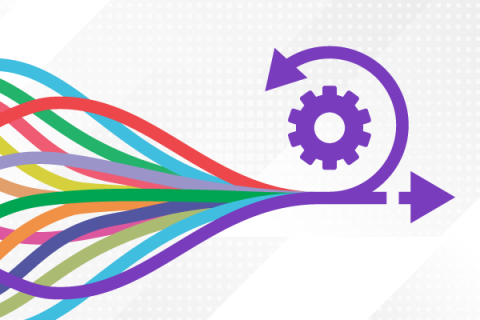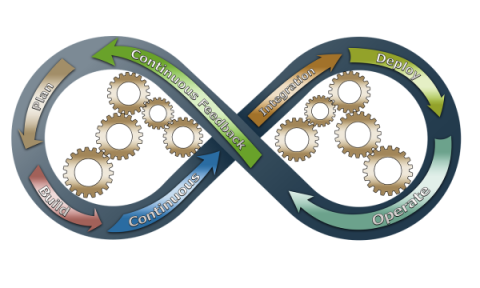Systems | Development | Analytics | API | Testing
Agile
The Unpleasant Phenomenon In Agile Testing
The iterative approach to software development emerged around the 1990s. What started as a small co-located, self-sustaining team approach was widely adopted by many development teams. The agile mindset paved way for multiple development frameworks, including the infamous “Scrum methodology”. With time, processes undergo metamorphoses, during which a few unpleasant practices sneak in causing distractions within the teams.
Agile Requirements and Traceability Basics
How to better incorporate QA into Agile planning
How Agile Software Development Can Improve Your Client's Experience
Agile methodologies have improved software development success rates, application quality and IT team productivity for nearly two decades. The iterative process encourages collaboration, responsiveness and flexibility with shorter development cycles addressing current application needs. Most importantly, agile methodologies have a direct link to improved client satisfaction.
API Security In an Agile World: Here's What You Need to Know
5 Best Practices That Help with Agile Software Development
The Agile methodology has benefited software development for many years, enabling collaboration through an iterative process that speeds time-to-market and normally results in higher quality applications. But what is the Agile software development methodology? While it’s likely that most readers are already familiar with Agile, others may just be starting out in their development careers.
4 Key Flow Metrics for Agile Delivery Teams
Flow Engineering is the science of creating, visualizing and optimizing the flow of value from your company to the customers. In the end that is the million-dollar (likely more) challenge of most product companies: How to we create value in the form of product and services and ship those to our customers as quickly, sustainably and frictionless as possible.
How to fit agile methodologies into the constraints of fintech app development? - featuring N26
We talked to Dama Damjanović, Principal Engineer at N26 about how the regulations in finance and banking affect engineering teams behind fintech apps, how they can improve security, and what type of new technology will add the most value to the industry in the coming years.
Low-Code and Agile 2: A Winning Combination
For something as complex as software development, there can be no “right” way of doing things all the time. Each project has its own set of variables, challenges, and idiosyncrasies. And every developer has a preferred way of working, which makes it difficult to set any hard and fast rules. But this doesn’t mean you should dive into your development projects head first, without guidelines or a methodology—albeit a flexible one—to inform the way forward.











